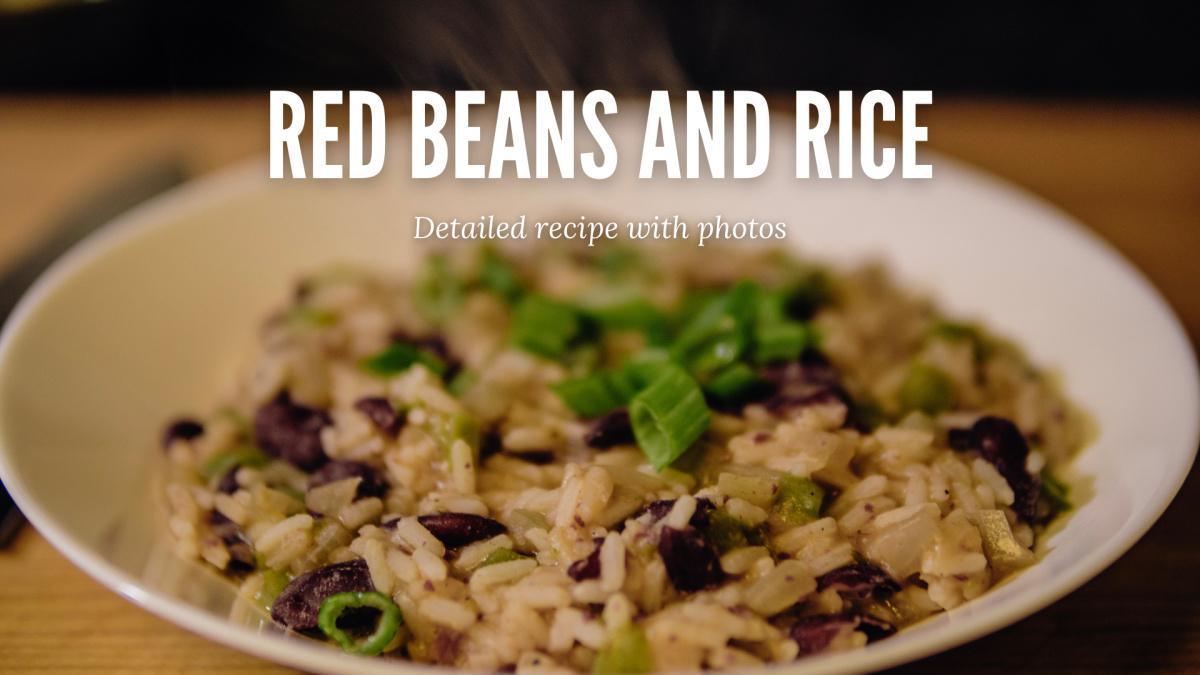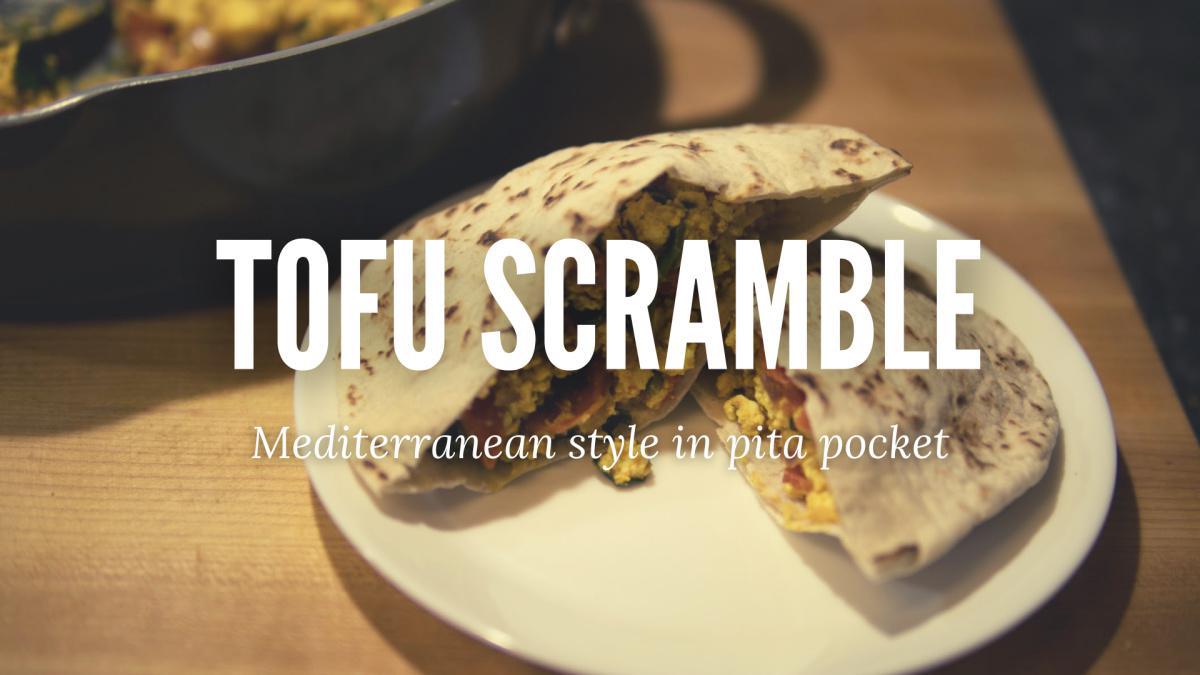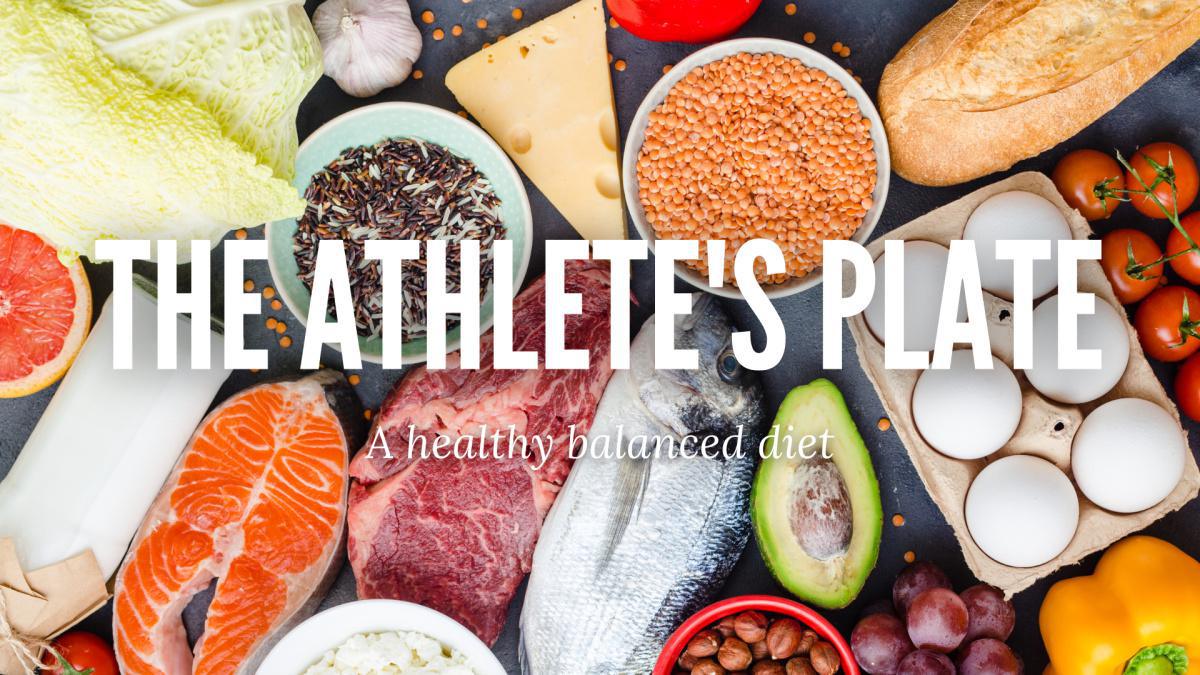Updated 01/17/24 1:39 AM
Nutrition and Recipes:
Red Beans and Rice

Ingredients
1/2 cup rice
1 can red or kidney beans, drained and rinsed
1 green bell pepper, diced
1 stalk celery, diced
1/2 yellow onion, diced
2 tsp olive oil
1 1/2 tsp Cajun seasoning
2 cloves garlic, minced
1 cup vegetable broth
1 bay leaf
Salt and Pepper to taste
1/2 tsp Louisiana style hot sauce (optional)
Sliced green onion for garnish
Directions
1. Cook rice in accordance with instructions on package.
2. Heat oil in medium sized pot over medium high heat.
3. Add bell pepper, celery, onion and cajun seasoning. Cook until softened, about 5 minutes,
stirring often.
4. Add garlic to pot and stir. Cook until garlic is fragrant, about 1 minute.
5. Add broth, beans, and bay leaf and bring to a boil. Reduce to a simmer and cook
uncovered for 10-15 minutes, until beans are warmed through.
6. Remove bay leaf and discard. Using a potato masher, immersion blender, or a spoon, mash
the beans until creamy.
7. Add salt and pepper to taste, as well as hot sauce if using.
8. Stir in rice.
9. Serve garnished with sliced green onions.
Red beans and rice is a staple in Cajun and creole cuisines. Traditionally this dish was made on Monday, using leftover ham bones from Sunday supper. Monday was wash day, so a meal that didn’t require a lot of effort was needed. A pot of beans could be put on a low flame and left to simmer all day, ready to eat when the washing was done. Thanks to modern appliances, we no longer need to dedicate a day to doing laundry, but we can still enjoy this amazing dish.
Rice and beans is a staple dish in many cuisines. For the cajun style, it all starts with the trinity. Like most cajun dishes this is built from green bell pepper, celery, and onion. These aromatic vegetables form the base of a lot of the well known cajun dishes, such as gumbo and jambalaya.
While the trinity cooks we want to start seasoning. I avoid salt at this stage, since broth and beans both may be high is sodium. Adding the cajun seasoning at this step helps to really bring that flavor through the whole dish.
Bay leaf is used in a lot of French, creole, and cajun cooking. No one knows what it does, but it’s important. Don’t forget to remove it before mashing.
Mashing the beans helps to create a creamier texture. This can be done with a potato masher, immersion blender, or you could ladle a few scoops into a blender and blend, then mix back in.
At the end of cooking there may seem like a lot of liquid left, but after mixing the rice in, that should be absorbed. Speaking of rice, cajun food traditionally uses long grain white rice, but feel free to substitute any rice you want.



Some ideas on what to eat, how to make it, and how to eat it.
Read more Nutrition and Recipes:
Also see:
UCSF Sports Medicine
The UCSF Sports Medicine team gives fantastic information for all marathon runners.
Tutorials
Simple instructions for how to perform exercises for running.
Yoga for Runners
A group of physical, mental, and spiritual practices aimed at self-controlling the body and mind of a runner.
Strength Training
Using strength and resistance training to improve marathon performance.
Health and Performance
We're excited to re-introduce Dr. Jeff Shapiro to our SFM community. If you're looking to improve your health and performance, you know an overwhelming amount of information and opinion is conflicting, counterproductive or harmful. We're giving Dr. Jeff a platform to address this. In his articles, Dr. Jeff will discuss exercise and nutrition physiology (how the body works) allowing you to ignore chatter and reject myths. For example, should you carbohydrate load and/or eat during running? Are pills on SFM weekend harmful? After graduating from Stanford and Yale, Dr. Jeff served as medical director of the San Francisco Marathon for a decade, completed and lectured at 50 marathons and trained athletes to achieve peak organ function for 30 years. Dr. Jeff appeared on ABC News' 20/20 "Super Humans," consulted for CBS News' 60 Minutes "The Toughest Race" and co-produced “Ultra Running” for The Late Show. At the 2023 San Francisco Marathon, Dr. Jeff received a standing ovation for his presentation on exercise/nutrition physiology and adverse effects of pills. Since he teaches physiology, Dr Jeff’s presentations will read like science instead of a blog. Train Well with Dr Jeff starting in May 2024.




